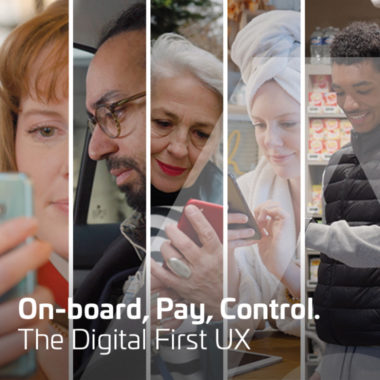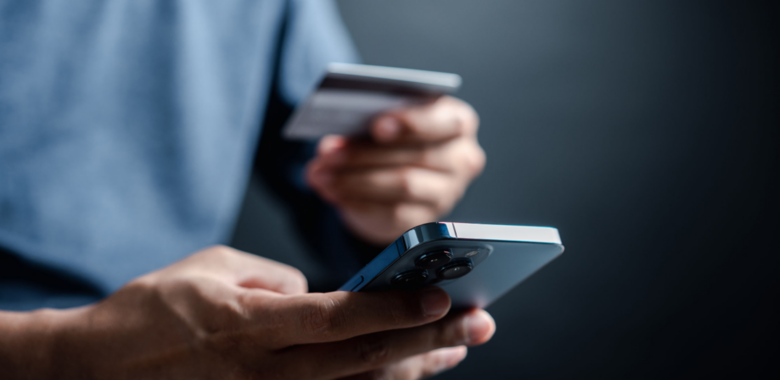The payments industry is on the precipice of a fundamental digital transformation, driven by consumer demands for services that are easy to access, convenient to use, and yet still ensure the highest level of security. With recent research conducted by Mastercard suggesting that 56% of consumers believe receiving and using digital cards is something that’s here to stay, banks and other financial institutions need to ensure they have a digital offering in place that can meet these demands and match their more-agile competitors.
In addition to the above, the pandemic has permanently shifted the role of digital payment technology. The need for a responsive and flexible payment infrastructure has never been greater, in order to accommodate the rise of digital commerce. This shift to the digital has been significant and was up 44% in the US alone from 2019 to 2020.
So, how can we ride the digital wave for financial services and shape an innovative mobile experience that customers use in the long term? The answer comes from a solution that focuses on three key areas: quick on-boarding, the ability to provide an instant digital card on the customers mobile, (for both online and in-store transactions) and customer control over all of their payment credentials as soon as they make a request for an account or card. All this happens before the customer receives their physical card.
Introducing, Digital First…
A winning strategy in action
To support these market changes, we want to help build new, improved ways for customers to use, manage and control their money digitally. For example, imagine you’re the parent of a child who is getting to the age where you think they can start managing their own money. With Digital First, instead of giving them pocket money to go to the movies, or go shopping with friends, you could instantly create a debit card for them on your mobile device and send it to the child for immediate use.
What’s more, if you were worried about their spending, you could set certain limits around where, when, and even how long the child could use this card – adjusting the controls as you see fit and at any time from your mobile. You could also view the transactions as they happen with real-time notifications. This innovative tool gives consumers the power to manage their finances down to the finest detail.
All this added convenience for consumers is also underpinned by additional security measures that are implemented to reduce fraud but don’t slow-down or negatively impact the user experience. Using technologies such as biometrics and multi-factor authentication, banks are able to reliably and quickly verify a user’s identity, so that the entire issuance process from start to finish happens in a matter of minutes, rather than days.
For financial institutions, adopting instant issuance for customers equates to more transactions for them, as purchases can start being made almost immediately, rather than in a few days.
Our Digital First blog series
Over the coming weeks, we will be publishing a series of posts explaining the technology behind Digital First. The aim is to help customers and banks alike really get to grips with how the technology works, how it’s different from anything we’ve seen before, and why the business case for its implementation is so strong.
The blogs will cover:
- Ways banks can introduce stronger, yet still seamless, levels of authentication to protect the technology and prevent fraud
- The economic benefits of Digital First
- The changing card issuance journey from physical to digital
- The case for numberless bank cards
By the end of the series, we hope to have demonstrated why Digital First is seen as the next big thing in banking. We believe that not only will it offer customers a superior banking experience that they can access on the go, but it will also provide them with a secure multi-purpose app, where everything they need to conduct financial transactions is in one place on their mobile device.
As the banking sector becomes increasingly competitive, it is services like these that will enable forward thinking banks to stand out to both existing and potential customers.



